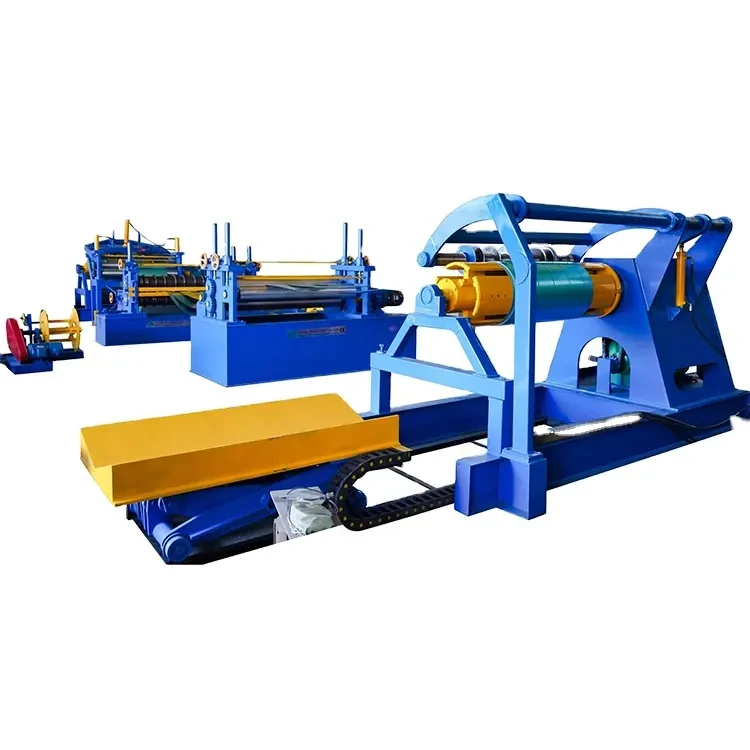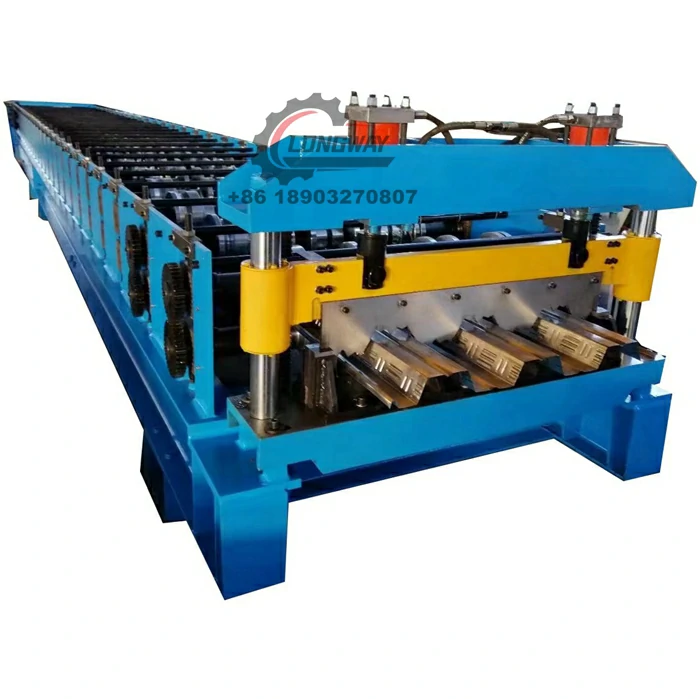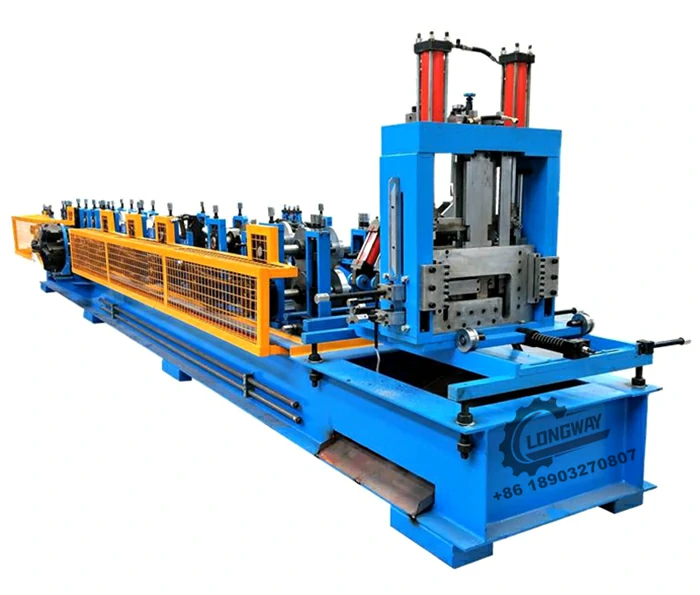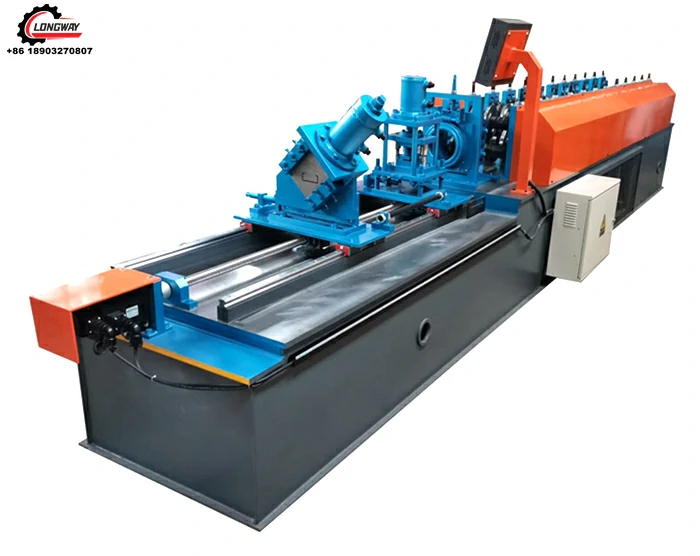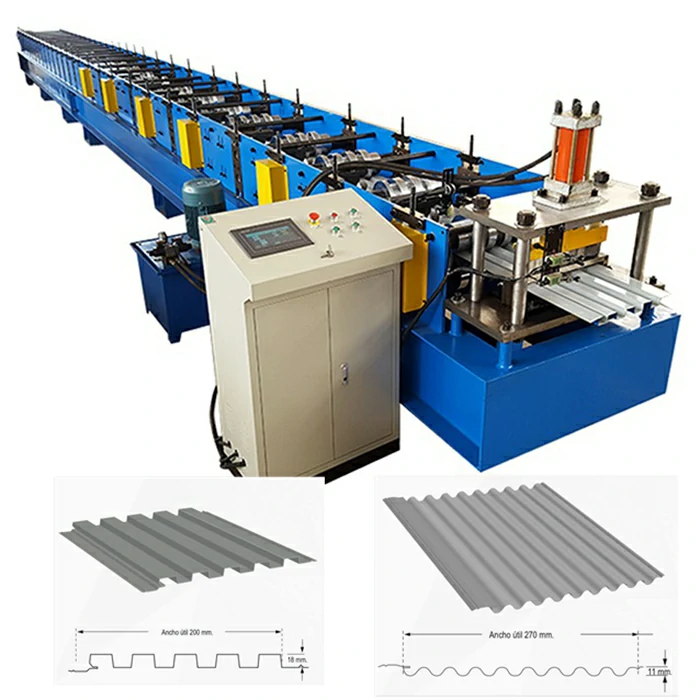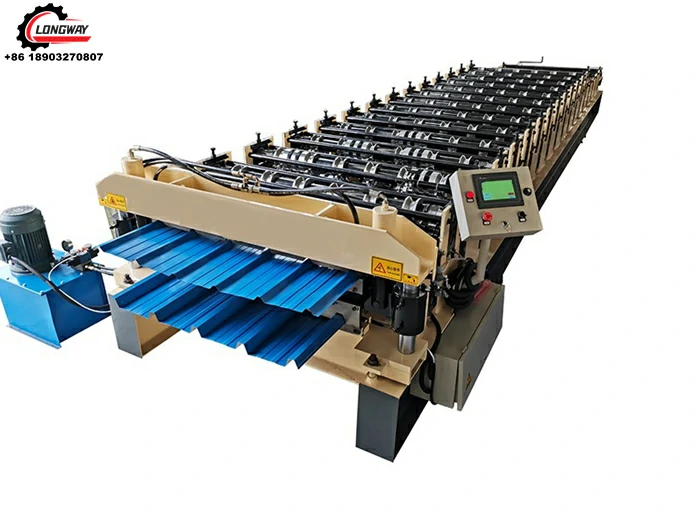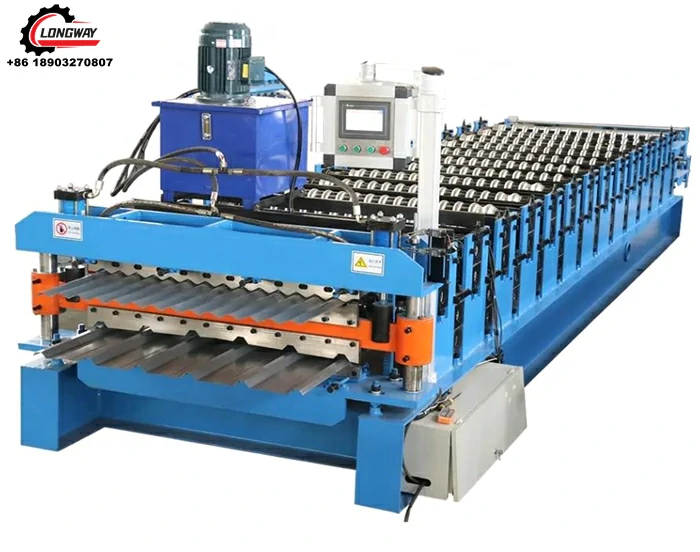High Quality Roll Forming Machine Made in China C & Z Purlin Roll Forming Solutions
- Introduction to roll forming machine made in China: Market Overview and Importance
- Key Technical Advantages of Chinese Roll Forming Machines
- Comparative Analysis: Major Chinese Factories and Their Offerings
- Understanding C Purlin and Z Purlin Roll Forming Machine Variants
- Customization Solutions: Meeting Global Demands
- Applications and Success Cases: Real-World Impact
- Conclusion: The Global Value of Roll Forming Machine Made in China
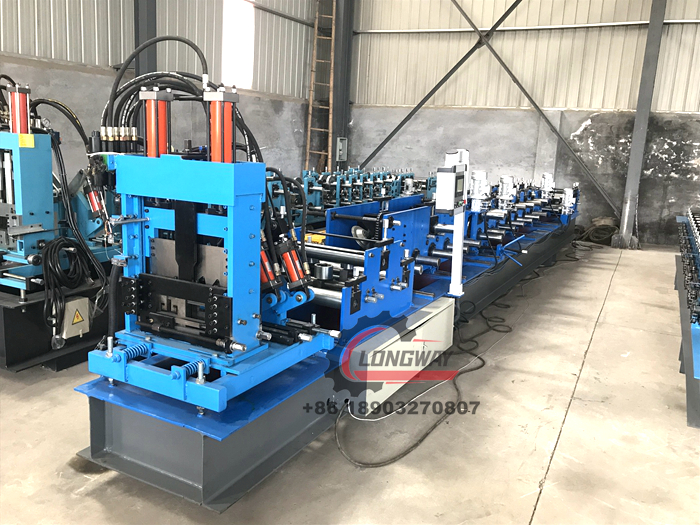
(roll forming machine made in china)
Introduction: The Global Influence of Roll Forming Machine Made in China
The evolution of industrial manufacturing has been significantly driven by the adoption of advanced machinery, with the "roll forming machine made in China" rapidly rising as a globally preferred solution. Over the last decade, Chinese manufacturers have reinforced their positions by refining their technologies, integrating smart automation, and expanding export capabilities. China accounts for nearly 40% of global roll forming machine exports, surpassing $2.3 billion USD in international sales in 2023. This impressive market share is not simply fueled by cost-efficiency, but also by a relentless focus on innovation, reliability, and scalable production. As the demand for roll-formed structural components increases across sectors such as construction, automotive, warehousing, and renewable energy, choosing the right manufacturing partner has become crucial for project success.
Advanced Technical Advantages
Chinese roll forming machines stand out due to a fusion of well-engineered mechanisms and advanced electronic integration. Over 85% of large-scale equipment now deploys PLC control systems for precise automation, reducing operational errors by up to 70%. Servo motors and digital interface technology have enhanced machine response time while enabling real-time quality monitoring. Many models, especially those dedicated to c purlin and z purlin production, feature rapid tool-change modules, allowing profile swaps in under five minutes.
In addition to precision, durability is a hallmark: frames use Q235 or Q345 steel, ensuring machine longevity beyond 10 million cycles—as validated by factory performance reports. Energy efficiency is also prioritized, as new roll forming lines consume 18% less power per linear meter of product compared to legacy designs. Integrating sound-dampening and protective casings not only increases operator safety but also aligns with stricter EU and US OSHA standards.
Supplier Comparison: Discerning the Market Leaders
The roll forming machine industry in China is highly competitive, with leading manufacturers investing heavily in R&D, quality control, and robust after-sales networks. Below is a comparative table highlighting essential parameters from major Chinese suppliers known for their export-grade products:
| Factory | Founded | Main Export Markets | Innovation Features | Annual Output (Units) | Warranty |
|---|---|---|---|---|---|
| Botou Xianfa Roll Forming Machine Factory | 1996 | Europe, Middle East, North America | Quick-change system; Servo control | 1200+ | 24 months |
| Hebei Feixiang Roll Forming Machinery Co., Ltd. | 2005 | Asia, Africa, Latin America | Touchscreen HMI; Remote diagnostics | 800+ | 18 months |
| Cangzhou Zhongtuo Cold Roll Forming Machinery | 2010 | Australia, Russia, South America | Modular design; Energy-saving drive | 900+ | 24 months |
As illustrated, differentiation revolves around service coverage, technical upgrade cycle, and core engineering competencies. Comparing real data, Botou Xianfa leads with robust global delivery and extensible design options, while Feixiang stands out in digital interactivity and customer-centric innovation.
Profiling C Purlin and Z Purlin Roll Forming Machines
Structural purlins are integral for steel building frameworks, demanding machines capable of high-precision and high-speed output. The c purlin roll forming machine made in China predominately supports adjustable width and height production within a range of 80-300mm and thickness up to 3.0mm, achieving maximal throughput of 15-20m/min. Z purlin forming machine made in China typically enables Z-profiles from 100mm to 350mm, ideal for complex truss constructions and heavy-duty applications.
Both machine types are equipped with automated punch, cut-to-length, and stacking systems, ensuring seamless batch production without manual intervention. The modular framework, especially in premium models, also supports integration with decoiler and stud-bridging units—valuable for multifaceted projects.
Real-world factory reports have noted over 99.7% accuracy in purlin dimensions when evaluated against strict ISO 9001 tolerances.
Customization for Diverse Project Needs
One of the distinguishing features of Chinese manufacturers is the capability to provide fully customized solutions. From variable profile geometries, unique drive mechanisms, to integration with MES (Manufacturing Execution Systems), the breadth of customization ensures alignment with international project specifications.
For instance, automotive sector clients may require dedicated roll sets for high-tensile steel, while warehouse developers seek rapid format-change for varied shelving profiles. Custom software modules for production tracking and predictive maintenance have been adopted by top-tier exporters, reducing unforeseen downtimes by more than 60%. Additionally, customizable safety systems—light curtains, emergency-stop relays, and lockout-tagout—are now standard on 96% of export-ready models.
Tailored conveyor integration, embossing stations, and after-sales training packages extend the operational value, offering global clients not just a machine, but an adaptable manufacturing asset.
Application & Case Studies: Field Evidence
Use cases span from civil infrastructure and energy facilities to advanced automotive chassis fabrication. In Australia, a logistics giant deployed five c purlin lines from Zhongtuo, each running two shifts with a combined annual output of 3.2 million meters. In Saudi Arabia, a renewable energy developer integrated Z purlin forming machines into a 100MW solar plant construction, achieving 27% project time savings over conventional fabrication.
Success stories further include a US warehouse builder consolidating seven profile variations into two automated lines, reducing labor costs by $90,000 annually. Extended statistical data reveals that Chinese roll forming solutions, on average, reduce per-unit production cost by 12-18% and increase deployment speed by up to 35% compared to legacy systems from traditional Western suppliers.
Feedback from these application cases underscores vital aspects: delivery reliability, integration flexibility, and sustained technical support.
Conclusion: Unmatched Value of Roll Forming Machine Made in China
Choosing a roll forming machine made in China represents a strategic move for firms aiming to combine scalability, quality, and cost efficiency. Chinese factories have evolved into innovation centers, blending proven mechanical reliability with state-of-the-art automation and digitalization. As evidenced by robust export data, high-profile client success cases, and ongoing investment in R&D, Chinese roll forming machines deliver measurable value across a spectrum of applications.
For stakeholders in construction, automotive, energy, or industrial sectors, partnering with leading Chinese suppliers ensures not only immediate project efficiency but also futureproof adaptability. The global recognition and accelerating adoption rates underscore that the expertise embedded within these machines continues to redefine international manufacturing benchmarks.
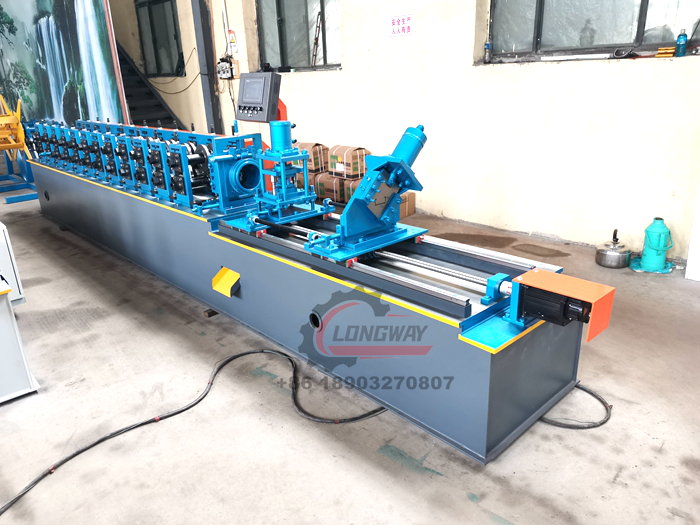
(roll forming machine made in china)
FAQS on roll forming machine made in china
Q: What is a roll forming machine made in China?
A: A roll forming machine made in China is an industrial equipment that shapes metal sheets into desired profiles. Chinese manufacturers provide durable and cost-effective options. They are widely used in construction, automotive, and other industries.Q: Why choose a C purlin roll forming machine made in China?
A: China produces high-quality C purlin roll forming machines with advanced technology. These machines are efficient, reliable, and competitively priced. They are ideal for producing C-shaped purlins for steel structures.Q: How does a Z purlin forming machine made in China benefit your project?
A: A Z purlin forming machine made in China offers precise Z-shaped profiles with high production speed. It ensures consistency and high load-bearing capacity for roofing and wall frameworks. Chinese machines are recognized for their value and performance.Q: Are roll forming machines made in China customizable?
A: Yes, many Chinese manufacturers provide customizable roll forming machines. You can specify dimensions, shapes, and automation levels. This ensures the machine meets your unique production requirements.Q: What quality standards do roll forming machines made in China follow?
A: Most reputable Chinese producers adhere to international quality standards like ISO and CE. They ensure machines undergo stringent quality control and testing. This guarantees reliable performance and long service life.-
Corrugated iron roofing sheet making machine with CE, AutoNewsNov.17, 2025
-
3mm Steel C U Channel Roll Forming Machine, Heavy DutyNewsNov.17, 2025
-
Calamima Micro Ondulada corrugated roof sheet machine - CNCNewsNov.17, 2025
-
Metal Roofing Roll Former for Sale Companies - Fast, PreciseNewsNov.17, 2025
-
Drywall Steel L Angle Bar forming machine | Fast, PreciseNewsNov.17, 2025
-
Corrugated Iron Roofing Sheet Making Machine, Fast & DurableNewsNov.11, 2025
-
Corrugated Metal Roofing Machine | High-Speed, Precise, CENewsNov.11, 2025
